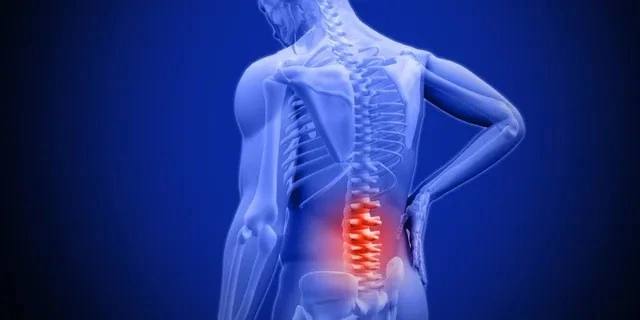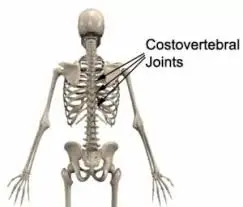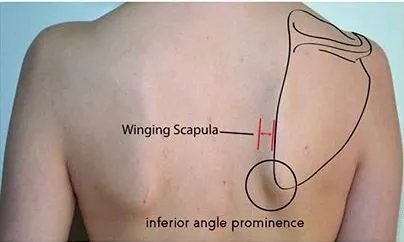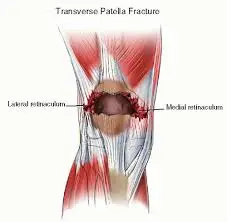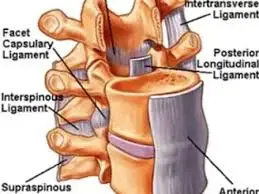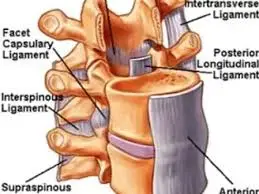Lumbar Strain
What is a Lumbar Strain? A lumbar strain is an injury to the lower back’s (lumbar spine) muscles, tendons, or ligaments that is usually caused by overuse, poor lifting techniques, abrupt movements, or excessive force. Pain, stiffness, and restricted range of motion in the lumbar area of the spine are the hallmarks of this frequent…

